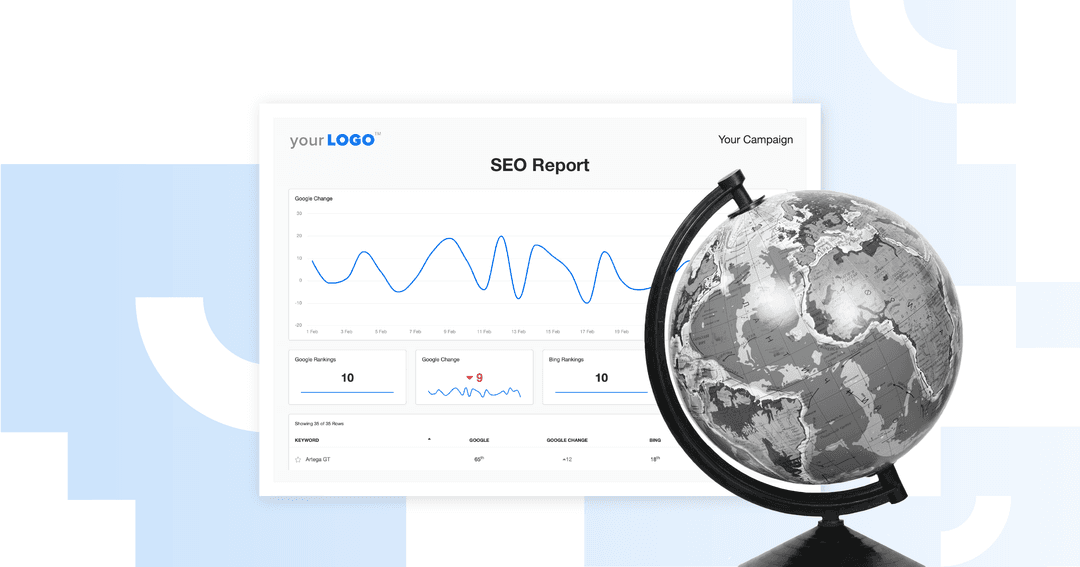Table of Contents
Table of Contents
- What Is Nearshoring?
- Benefits of Nearshoring for Streamlining Business Operations
- Potential Drawbacks of Nearshoring
- Nearshoring vs. Offshoring (and other Outsourcing Models)
- When Nearshoring Fits Agency Growth
- Steps To Implement a Nearshoring Strategy for Agency Business Processes
- Ongoing Management and Optimization
7,000+ agencies have ditched manual reports. You can too.
Free 14-Day TrialQUICK SUMMARY:
Nearshoring is a strategic outsourcing model where agencies delegate tasks to nearby countries with shared time zones or cultural similarities. Unlike traditional outsourcing, it balances cost-efficiency with operational agility, enhancing collaboration and maintaining quality. This guide explains nearshoring’s definition, key benefits, and considerations to streamline operations while scaling effectively.
Running a marketing agency with dozens of clients means juggling multiple priorities—delivering stellar campaigns, keeping clients happy, and ensuring that backend operations run smoothly. It’s a lot, and scaling only adds to the pressure. That’s where nearshoring steps into the conversation.
Outsourcing tasks offshore often brings to mind labor costs and cost savings, but nearshoring offers something more strategic. It introduces an outsourcing model that supports agility, reduces inefficiencies, and clears space for focusing on high-value work instead of routine tasks. For agencies managing growing workloads and tight deadlines, nearshoring provides a practical approach to balancing business operations without sacrificing quality.
While broader businesses may turn to nearshoring (or offshoring) to optimize supply chain operations or reduce manufacturing costs, this article focuses on how nearshoring streamlines business processes aligned with agency operations.
For leaders looking to sharpen their approach, this blog outlines how nearshoring works, its potential benefits compared to offshoring and onshoring, and what to watch out for. Whether it’s about optimizing processes or tackling the realities of scaling, nearshoring may just be a tool to help turn the grind into growth.
What Is Nearshoring?
Nearshoring is an outsourcing model where businesses collaborate with service providers or teams in nearby countries, often within the same or a similar time zone. Unlike traditional outsourcing, which frequently involves working with teams in far-off locations, nearshoring prioritizes proximity and cultural alignment, making it an attractive option for industries like marketing.
With fewer time zone differences, nearshore outsourcing improves communication and streamlines project management, particularly for service-based industries such as marketing agencies.
How Nearshoring Aligns With Marketing Agencies’ Needs
Marketing campaigns require flexibility, speed, and precision. Nearshore outsourcing supports these needs in several key ways:
1. Fewer Time Zone Differences
Nearshoring ensures that teams work during overlapping business hours, which enables real-time collaboration. For instance, a marketing agency in Canada working with a nearshore partner in Colombia avoids delays in campaign updates or approvals that might occur with partners in more distant regions.
2. Cultural Alignment
Shared cultural similarities in nearshoring partnerships foster better communication and understanding. This is particularly valuable in creative industries like marketing, where nuances in language and culture directly impact campaign effectiveness. Nearshore teams are more likely to grasp client preferences and produce work aligned with expectations.
3. Faster Turnaround Times
Proximity reduces logistical complexities, enabling quicker delivery of assets or other campaign materials. A nearshore team is more accessible for troubleshooting and last-minute adjustments, which is essential for marketing agencies managing multiple clients.
Examples of Nearshoring in Marketing Agencies
To illustrate how nearshoring works, consider these scenarios:
Scenario 1: Marketing Campaign Management: A U.K.-based marketing agency collaborates with a nearshore outsourcing partner in Poland to handle routine reporting and performance tracking for its clients using an established client reporting platform like AgencyAnalytics.
With a time zone difference of just one or two hours, both teams collaborate seamlessly during regular business hours, ensuring timely updates and efficient workflows.
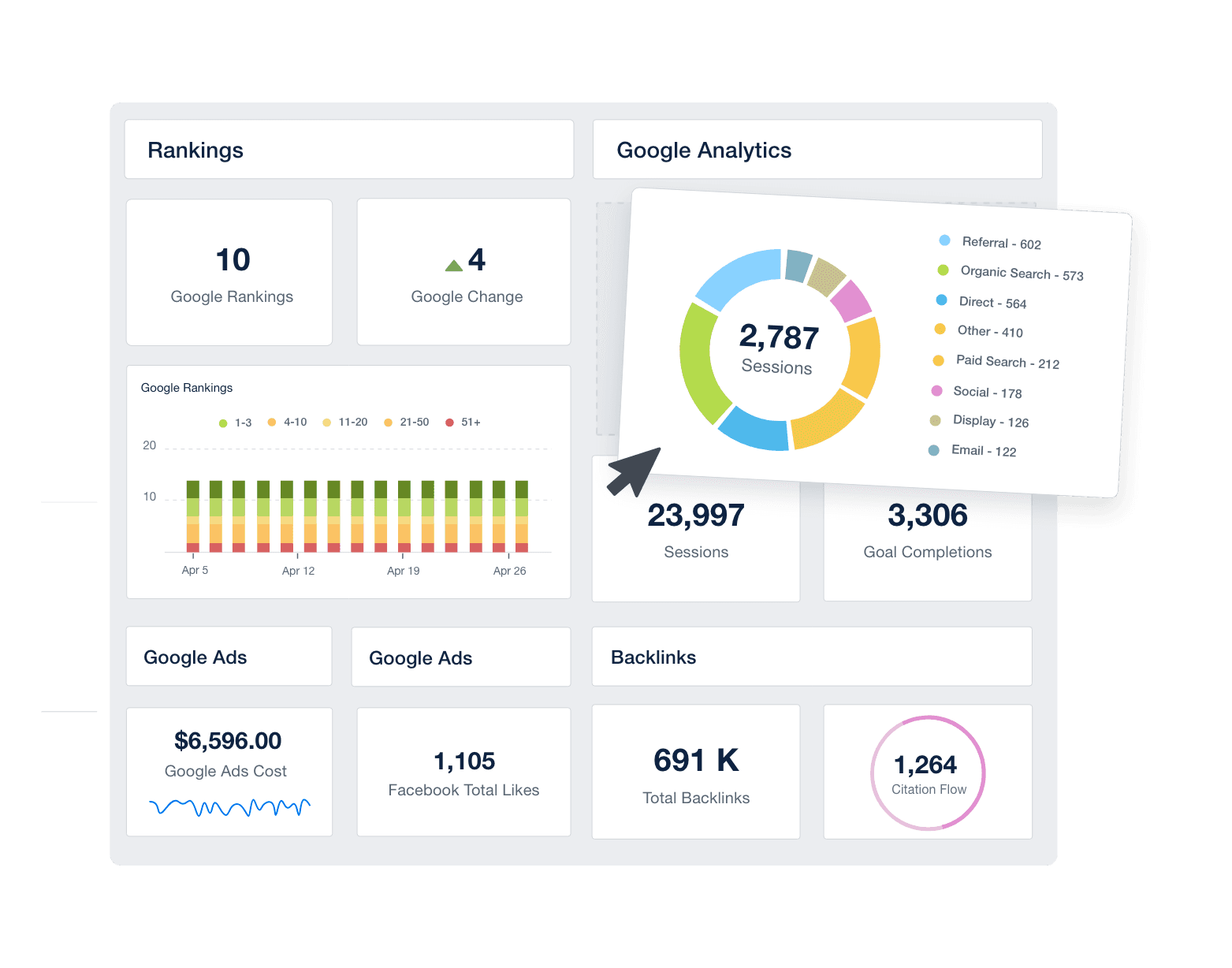
With a user-friendly interface that integrates metrics from over 80 data connectors, create visually appealing dashboards that can easily be managed by nearshore teams. Try AgencyAnalytics free for 14 days!
Scenario 2: Software Development Support: A U.S. agency uses software outsourcing to partner with a software development team in Costa Rica to integrate new features and fix bugs for a client.
The proximity allows the agency’s in-house team to engage in real-time discussions and review deliverables without waiting overnight.
Scenario 3: Graphic Design for Social Media Campaigns An Australian marketing agency works with a nearshore partner in the Philippines for graphic design. The reduced time zone gap helps the agency quickly turn around creative assets for ad campaigns, enabling them to meet tight client deadlines and ensure quality control.
Nearshoring aligns with the dynamic demands of marketing by offering a combination of cost savings, operational flexibility, and improved collaboration.
Its proximity-based outsourcing strategy provides a more efficient alternative to traditional offshoring approaches, especially for agencies seeking dependable and responsive partnerships.
Benefits of Nearshoring for Streamlining Business Operations
Nearshoring is a way to tap into a budget-friendly outsourcing model that helps agencies work smarter. By teaming up with nearby partners, agencies trim costs, improve communication, stay in control, and tap into top-notch talent.
Here are just a few of the ways this outsourcing model bridges gaps that traditional offshore outsourcing leaves open, delivering practical solutions for scaling without sacrificing quality.
1. Cost Savings Without Cutting Corners
Nearshoring sits between domestic hiring and traditional outsourcing in terms of cost, which gives agencies access to skilled professionals in nearby countries where labor costs are lower.
This means high-quality work without the hefty price tag, landing in the sweet spot between local hires and offshore outsourcing.
For example, a software development company in Mexico often offers rates far more affordable than hiring locally in the U.S. or Canada.
2. Improved Communication
Time zones can make or break a project. Nearshoring keeps teams working on the same schedule, making real-time feedback and collaboration possible.
Massive cultural differences can also lead to major misunderstandings. I have experienced this discrepancy firsthand. Years ago, an offshore creative development project came back to us with images of people holding up the “peace” sign, which the designers thought indicated the number two.

Cultural nuances are important when it comes to advertising creative. What does this image represent to you–the “peace” sign or the number two?
With nearsourcing, overlapping cultural nuances and language fluency also facilitate communication with fewer language or cultural barriers. When everyone understands the expectations, there’s less back-and-forth, so projects move forward faster.
Greater Control Over Business Operations
Nearshoring, offshoring, and onshoring all make it easier for agencies to scale resources up or down based on campaign needs. Whether it’s a busy holiday season or a slower period, agencies adjust without the pressure of long-term commitments.
We’ve transitioned more of our execution into numerous outsource teams to reduce costs and allow us to spool down (and up) when necessary.
Ryan Kelly, CEO, Pear Analytics
However, nearshore outsourcing also offers more accessible oversight compared to offshore solutions. Geographic proximity simplifies periodic check-ins, on-site visits, and performance reviews, ensuring quality and accountability without excessive effort.
Access To Skilled Talent
Nearshore markets like Poland, Hungary, Portugal, and Spain (for agencies in the UK) as well as Mexico, Costa Rica, and Colombia (for agencies in the US) are packed with skilled workers.
Whether they need specialized skills like creative design, campaign analytics, or to work with a software development company, agencies gain access to top talent that fits their needs.
For example, Poland has become a hub for business services, employing over 300,000 professionals across more than 1,400 centers, including sectors like IT and software development. Cities such as Warsaw, Kraków, and Wrocław are notable for their economic strengths and skilled workforce.
Mexico has also seen a significant rise in demand for cybersecurity professionals, reflecting a broader trend of increasing digital skills. The country is actively working to address labor and skills shortages in the sector, indicating a growing pool of skilled professionals.
Potential Drawbacks of Nearshoring
While nearshoring offers significant benefits, it’s not without challenges. From cost considerations to talent availability and cultural dynamics, it’s important to weigh the potential drawbacks before jumping in.
Here’s what to watch for when evaluating nearshoring for your agency.
Trade-Offs for Cost Savings
Nearshoring often comes with lower labor costs than hiring within the same country, but it may still be more expensive than offshore markets.
For example, hiring a nearshore team in Mexico might cost more than hiring a team in the Philippines or India. The balance between affordability and convenience is critical, and agencies must evaluate whether the additional cost is worth the improved communication and alignment.
To gauge if nearshoring is worth it, look beyond the hourly rate. Factor in time saved through real-time collaboration, reduced language barriers, and fewer errors in deliverables. These “soft” savings might tip the scale, especially when working on high-stakes campaigns.
Limited Talent Pool in Some Regions
While nearshore markets are growing, some regions may have limited expertise in niche areas like specific analytics tools or creative software. A smaller talent pool means more effort to find the right fit, especially for highly technical roles like software development or ad campaign optimization.
Blending nearshore teams with domestic staff helps cover skill gaps while keeping costs down. For instance, using nearshore partners for standard tasks like link outreach, while relying on in-house specialists for complex SEO analytics, ensures a balanced approach.
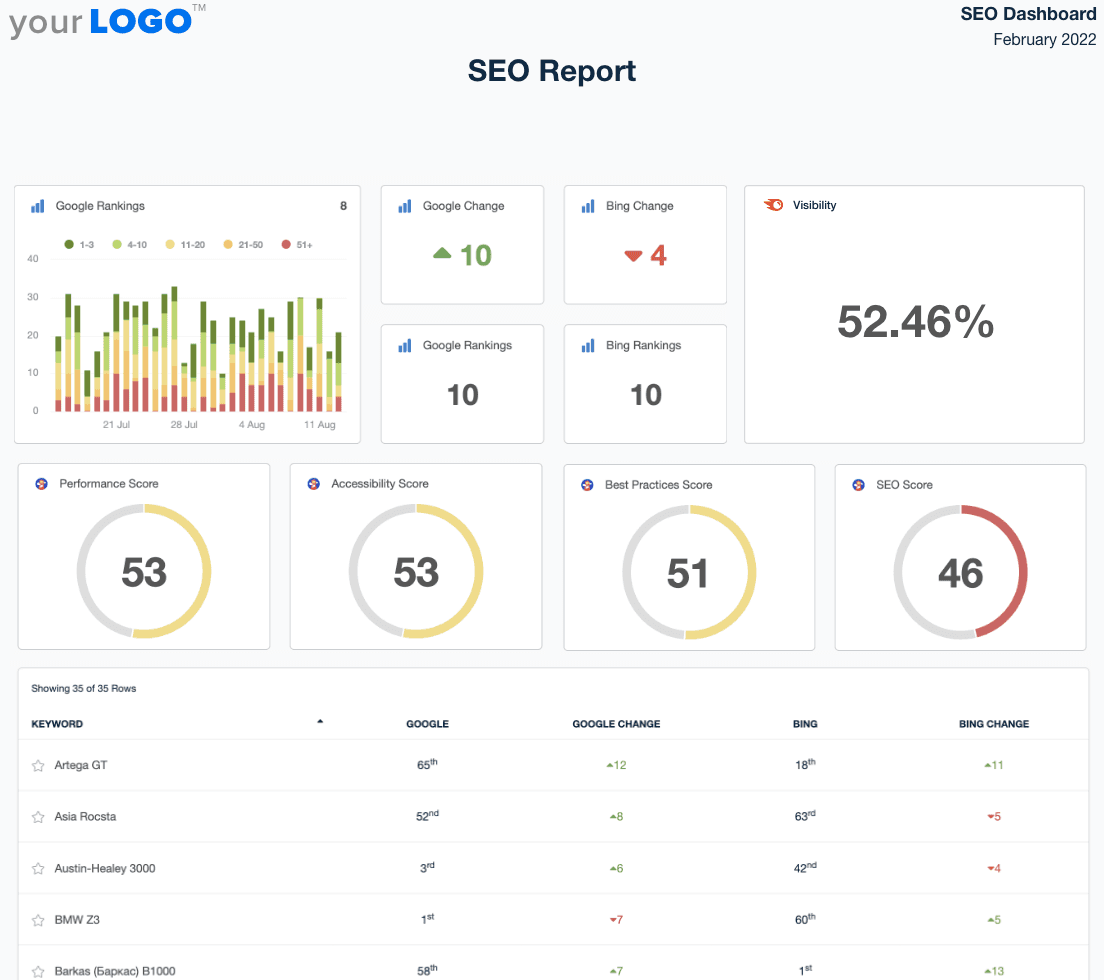
Want to nearshore your agency’s SEO reporting? Create a custom SEO Report template to streamline and simplify those processes. It may become so simple that you don’t even need to outsource it! Try AgencyAnalytics free for 14 days!
Legal and Administrative Complexities
Working with teams outside of your own country introduces legal and administrative challenges. Tax implications vary by region, and nearshore partnerships often require navigating unfamiliar compliance regulations. Missing the fine print could lead to penalties or unexpected costs.
To stay on top of these complexities, consult local experts in the nearshore region or use global employment services to handle payroll and legal compliance. This helps ensure contracts, taxes, and benefits are managed properly.
Impact on Agency Culture
Outsourcing deliverables, even to a nearby region, might create a disconnect within the agency. Teams may feel less cohesive when some functions are handled externally, especially if communication gaps arise due to cultural and language barriers.
To maintain agency culture, prioritize collaboration between nearshore and in-house teams. Use team-building efforts and regular check-ins to foster connections. Ensure everyone feels they’re working toward shared goals, whether they’re in the same country or not.
Nearshoring vs. Offshoring (and other Outsourcing Models)
When choosing how to outsource, it’s important to weigh the strengths and weaknesses of nearshoring, offshoring, and domestic outsourcing (aka onshoring). Each model has its place, but knowing which fits your agency’s goals and growth strategy is the key to making the right decision.
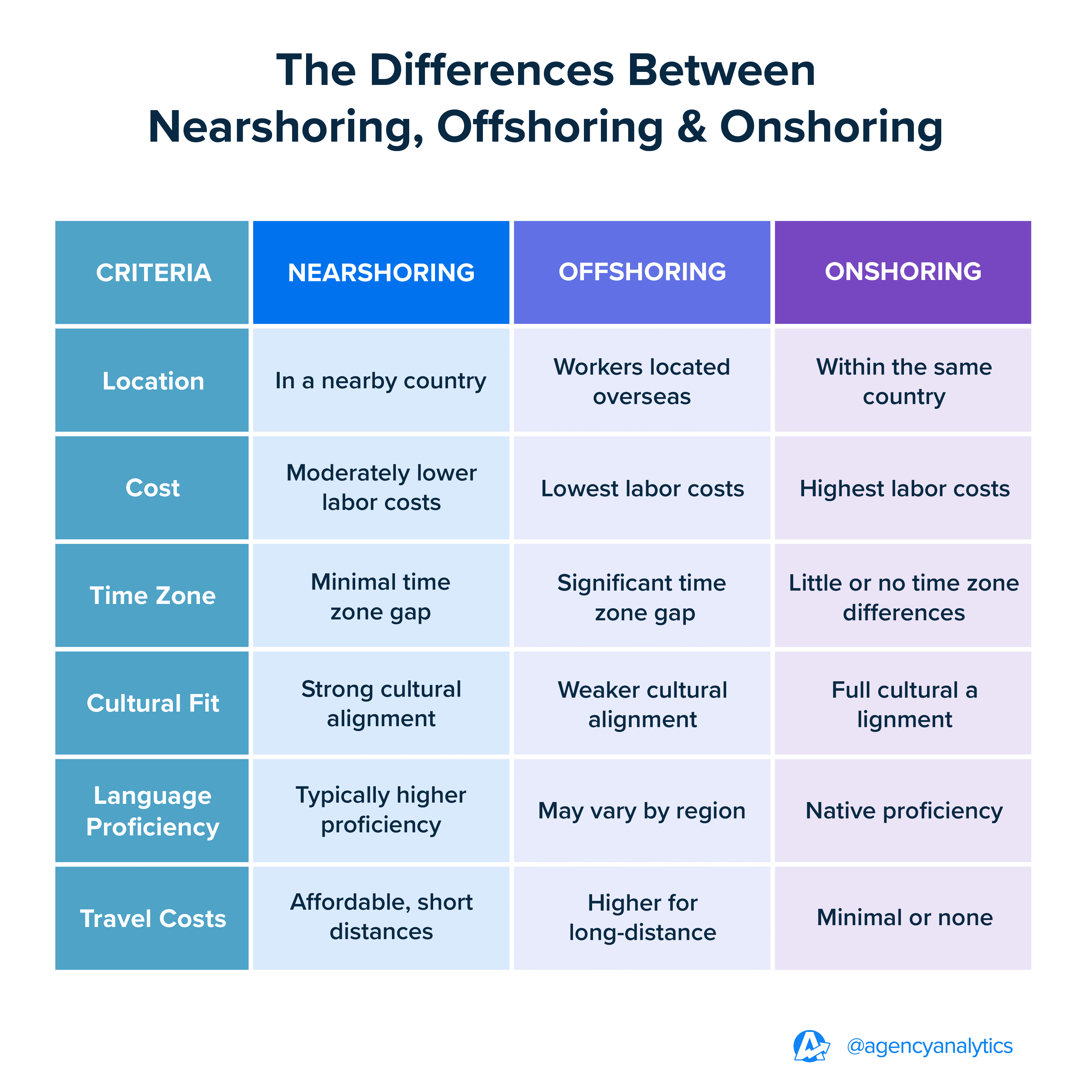
Nearshoring: Nearshoring involves working with teams in neighboring or nearby countries, offering proximity, fewer time zone issues, and fewer cultural barriers. This makes it easier to collaborate and reduces the friction often associated with outsourcing.
Offshoring: Involves working with an offshore team in a faraway country, such as Asia or Eastern Europe. While this model often offers the lowest labor costs, it also may lead to delays due to time zones, communication hurdles, and less cultural overlap.
Onshoring: Onshore outsourcing involves tapping into talent pools within the same country (either through managed services, outsourcing market, or freelancer work). However, onshoring typically aims to outsource this work to a different region where costs are lower. For example, a marketing agency in New York might outsource tasks to a partner in the Midwest, where operating expenses are reduced but still within the same legal and cultural framework.
Multisourcing: Multisourcing is the practice of using multiple outsourcing partners to handle different aspects of a business. For instance, a marketing agency might use one partner for reporting, another for graphic design, and a third for analytics.
Pros and Cons of Each Key Outsourcing Model
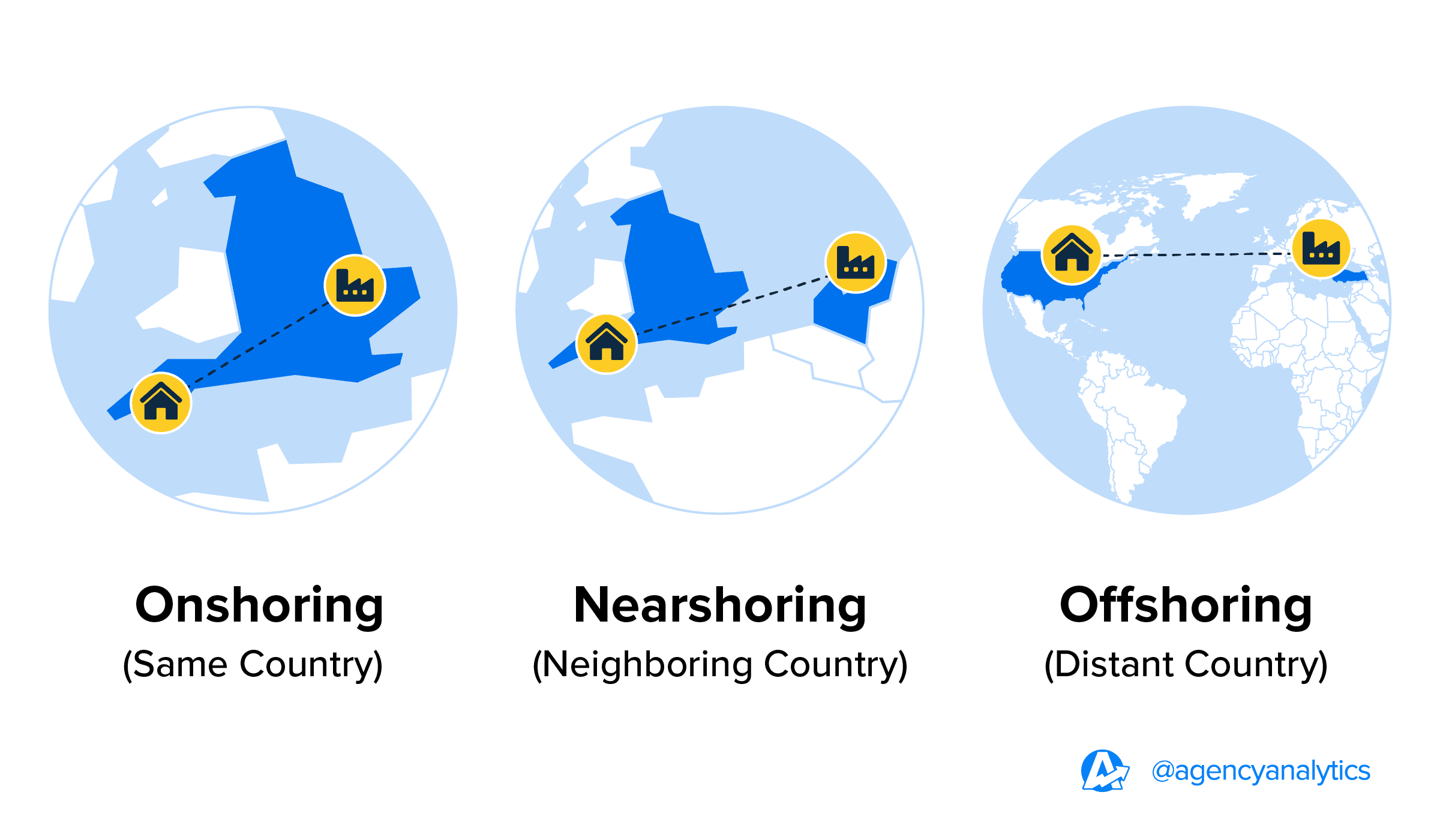
Model | Pros | Cons |
|---|---|---|
Nearshoring | Real-time collaboration, fewer time zone differences, better cultural alignment. | Higher costs than offshoring, limited niche expertise in some regions. |
Offshoring | Lowest labor costs, large talent pools. | Time zone challenges, language barriers, potential quality issues. |
Domestic Outsourcing/Onshoring | Easy communication, strong understanding of local markets, supports local economic development. | Highest costs, limited scalability. |
When Nearshoring Fits Agency Growth
Nearshoring shines when an agency needs to strike the right balance between cost, quality, and seamless collaboration. It’s not just about saving money—it’s about building partnerships that work in real time and align with the pace of your agency.
Nearshoring works best for:
Projects that demand frequent feedback. Campaign reporting, creative development, and similar tasks thrive on quick updates and approvals. Nearshoring ensures your team stays in sync with minimal delays.
Fast-paced deadlines. Tight turnarounds require immediate input. Working in closer time zones keeps things moving without the waiting game that often comes with offshoring.
Easily repeatable processes. Tasks like routine reporting or data entry benefit from streamlined workflows and consistent quality, making them ideal for nearshoring.
Finding aligned partners. Shared cultural values and work styles make nearshore teams feel like an extension of your in-house staff rather than an external provider.
For agencies planning to scale, nearshoring offers cost efficiency and bridges the gap between the affordability of offshoring and the reliability of domestic outsourcing. It’s a strategic choice that simplifies collaboration, maintains quality, and supports growth without unnecessary friction.
Steps To Implement a Nearshoring Strategy for Agency Business Processes
Implementing a nearshoring strategy takes careful planning and execution to maximize its benefits. From assessing the tasks that make sense to outsource to managing and optimizing the arrangement, each step ensures the strategy aligns with agency goals.
Assessing Business Operations
The first step is pinpointing which tasks and roles are best suited for nearshoring. Routine, time-intensive tasks like campaign reporting, coding, CMS management, or graphic design are ideal candidates.
These processes benefit from proximity and cultural alignment without requiring constant in-person collaboration. Consider tasks where real-time feedback or close communication adds significant value.
Researching Nearshore Markets
Not all nearshore regions are the same, so understanding the strengths of different markets is important. For marketing agencies in the U.S., countries like Mexico, Colombia, and Costa Rica offer proximity, shared time zones, and strong English proficiency. Agencies in Europe might look to Poland, Portugal, or the Czech Republic for similar advantages.
Criteria for Selecting a Nearshore Partner
When evaluating nearshore partners, focus on:
Skill Level: Ensure the team’s expertise aligns with your agency’s specific needs, whether that’s in administrative tasks, analytics, creative design, or software development.
Cultural Fit: Look for partners who share similar work values, communication styles, and business ethics. This improves collaboration and reduces potential misunderstandings.
Reputation and References: Seek partners with proven experience working with agencies, and check client reviews to verify their reliability and quality.
Building a Nearshore Team
Recruiting the right team is critical. Use trusted local hiring platforms or partner with reputable staffing agencies to find top talent. During onboarding, prioritize clear expectations and training to align the nearshore team with your agency’s standards.
Effective integration requires tools for collaboration and communication. For seamless workflows, use project management software platforms like Asana or Trello, video conferencing tools like Zoom, and shared cloud systems.
Regular meetings also ensure the nearshore team feels connected to in-house staff and stays informed on priorities.
Ongoing Management and Optimization
Consistent communication is the backbone of any outsourcing strategy, whether your agency is nearshoring or offshoring. Schedule regular check-ins, provide real-time feedback, and establish clear channels for updates. Encouraging open communication builds trust and ensures both teams remain aligned on goals.
Even though these partners may be closer, this doesn’t mean that nearshoring can adopt a set-it-and-forget-it approach. Periodically review the arrangement to assess its impact on efficiency, cost savings, and output quality. Use metrics like turnaround times, error rates, and team satisfaction to identify areas for improvement. Adjust the strategy as needed to keep it working smoothly.
By following these steps, agencies create a nearshoring or offshoring strategy that supports growth, enhances collaboration, and delivers consistent results. Thoughtful planning and regular oversight ensure that it becomes a long-term advantage rather than a short-term fix.

Written by
Paul Stainton is a digital marketing leader with extensive experience creating brand value through digital transformation, eCommerce strategies, brand strategy, and go-to-market execution.
Read more posts by Paul StaintonSee how 7,000+ marketing agencies help clients win
Free 14-day trial. No credit card required.


